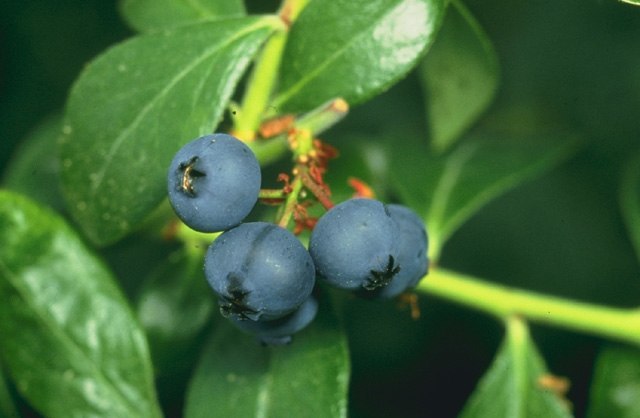High temperatures could slash the culminating 2025 wild blueberry harvest in New Brunswick (NB), southeast Canada by 70% below average.
Weather forecasts on October 6 for Nova Scotia and NB put temperatures at between 20 and 30ºC, versus the month’s norm of 15ºC.
Regional wildfires also hindered the access of Crown (government) forests for two weeks in August, delaying the blueberry picking timeline.
Hence, Bleuts NB Blueberries’ general manager Donald Arsenault summarized seasonal production to Global News Canada as down to 20-24 million pounds.
Arsenault had earlier told CTV News Atlantic that this harvest will hardly attain the yearly median of 68 million pounds.
He added that since the crop contributes to livelihoods, output decreases could put farmers into dire financial straits.
The general manager has already “knocked on the government’s door” on their behalf while some growers have contemplated to sell their land.
The province’s wild blueberry harvest runs from July through August on farms by 175 or so farmers.
This ensemble takes up to five weeks to pick its berries, a situation that this year has extended to October due to wildfires.
Hope Through Crop Tourism
As the crop fails, growers can still fall back to their scenic fields, which attract hundreds of thousands of tourists.
Truman Blueberry Farms, for instance, drew above 100,000 visitors at one time, benefiting the surrounding hamlet of Aulac.
Tourists come to see the wild and cultivated southern highbush blueberries (V. corymbosum) prevalent from Mexico to Canada.
Even as tourism injects communal growth, northeast NB’s producers still drive the economy by accounting for 69% of provincial wild blueberry acreage.
Between 2017 and 2024, their crop added to the exponential 200% growth in blueberry contribution to the provincial economy. And as the stats below reveal, the New Brunswick wild blueberry economy is a revelation.
New Brunswick Wild Blueberry Statistics
Situated in southeastern Canada, New Brunswick is a maritime province famous for seafood and blueberry riches. The wild blueberry economy (including cultivated highbush varieties) carves out 68 million pounds in peak production. It also brings C$81 million ($57,510) annually to the province’s GDP, as of 2021. While primary sales represent the lion’s share of the revenue, value-added products account for a solid 43% of the industry’s earnings. This duo approach could generate C$72.9 million ($51,759) in direct earnings and C$1.2 billion ($852 million) in GDP representation by 2033.
Do NB’s wild blueberries trade globally?
New Brunswick sells the 50 million pounds of wild blueberries it produces annually to local and foreign markets. As of 2021, the province had 30 external markets, alongside domestic destinations in Atlantic Canada. From just 175 growers, the crop supports thousands of jobs, which might hit the 10,000-mark in 2033.
How was production in 2025, historically?
Preliminary forecasts for 2025 production in early October were at maximum 24 million pounds. This is 70% less than the annual peak production at 68 million pounds or 50% below the 50k-tonne historical annual average.
